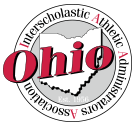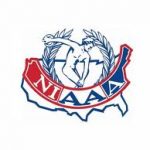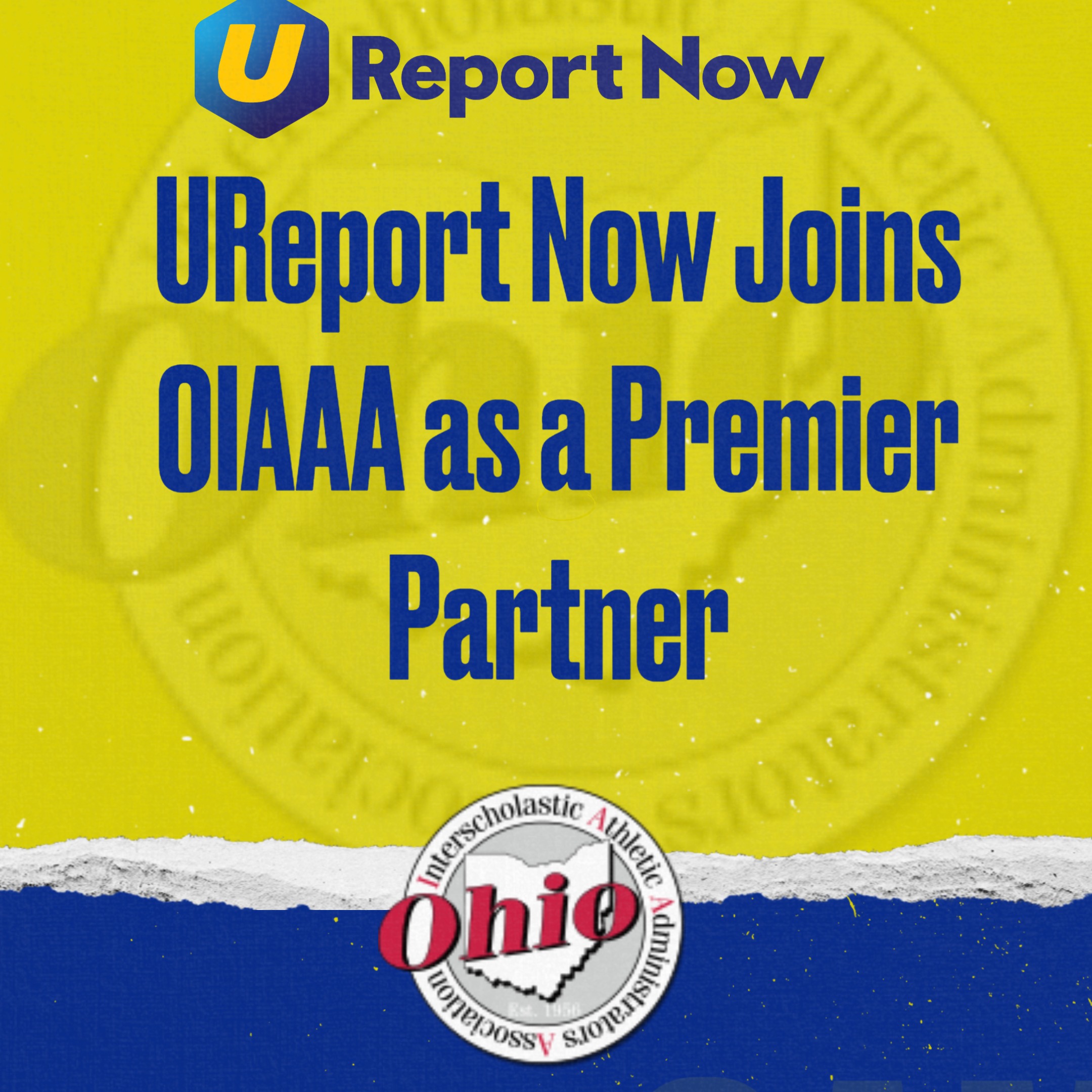Bruce Brown, CMAA, CIC
Executive Director, OIAAA
As interscholastic athletic administrators, we each found a different pathway to our professional position. We may have started (or still continue) to coach a sport and have chosen to stay engaged with the school-based sport culture. Some of us possibly aspire to the opportunities within school administration and the athletic office provides a gateway occasion to pursue management.
Regardless of the trail we followed, we continue to ponder the questions of “why” and “how” we choose to address professional development related to our career. The choices we make in this matter will impact not only the future steps we take vocationally, but can likely impact the passion, focus and attainment of any goals we establish for ourselves.
As with any position, one’s decision to go “all in” or take a tepid, toe-dipping approach will have significant influence on personal growth and skill development as an athletic administrator. One of the most exhilarating aspects of this title (athletic director) is the opportunity to “coach coaches”. To best prepare yourself to provide this type of leadership, the quality athletic administrator makes a commitment to become a continuous learner of all facets of interscholastic athletics.
Certainly, creating a strong network with colleagues and other successful interscholastic athletic administrators is a viable and healthy resource. As is often shared among the “A.D. culture”, there is not much anyone can explain to a new athletic director to fully prepare for the task at hand. The best learning is the on-the-job training that comes daily by simply walking in the office door. However, creating solid communication lines with peers and mentors will always be the first source for every-day survival!
Planning a learning curve, however, is something that should be an intentional part of every athletic director’s modus operandi. Much like when we create practice plans for our teams or our classrooms, having a framework to follow and then expand with knowledge typically leads to growth. Making the decision to grow professionally is the FIRST resolution that great athletic directors, regardless of their years of experience, make to become the best they can be!
As with many professions today, the landscape continually shifts and transforms around interscholastic athletics. Some of these adjustments are driven by the fast pace of technology while some of our most recent shifts have occurred through local and state legislation. As we observe those that we admire professionally, it Is typically the individuals who are current and “on top of their game” that we tend to consult and seek out for ideas, direction and mentoring. These are often the same people who are growing and learning about the nuances of their craft and remain connected to the pulse of interscholastic athletics.
Conversely, innovative and progressive athletic directors tend to gravitate away from those who spend their time admiring the problem or lamenting the “old days”. Ultimately, becoming the professional that you most aspire to be like adopting to our ever-changing landscape is the challenge of professional development.
The OIAAA, in collaboration with the National Interscholastic Athletic Administrators Association (NIAAA) and the National Federation for High School Associations (NFHS), provides a myriad training and support opportunities for professional development in education-based athletics. These learning situations come in a wide array of delivery options:
· Annual OIAAA State Athletic Directors Conference & Workshop (November)
· Leadership Training Courses—taught at the State Conference
· Leadership Training Courses—taught at District Conferences
· Leadership Training Courses—taught online
· Leadership Training Courses—taught via webinars
· District Workshops and Conferences
· OIAAA website resources and links (www.oiaaa2.wpengine.com)
· New Athletic Directors Workshop (coming in August, 2015)
· New Athletic Directors Webinars (monthly beginning in August, 2015)
· New Athletic Directors Mentoring Program (beginning in September, 2015)
· Coach Education—taught online through www.NFHSlearn.com
Training from the Leadership Training Institute courses additionally can lead to enhanced professional certification through the NIAAA. Designations can be achieved at the following levels:
· RAA: Registered Athletic Administrator
· RMSAA: Registered Middle School Athletic Administrator
· PCAA: Provisional Certified Athletic Administrator
· CAA: Certified Athletic Administrator
· CMAA: Certified Master Athletic Administrator
For additional information on Leadership Training Courses and national certification, visit:
http://oiaaa2.wpengine.com/professional-development/ltc-seminars/
For additional information on Coach Education and certification, visit:
http://oiaaa2.wpengine.com/professional-development/coach-education/
Through professional development and continuous growth, we demonstrate to our colleagues and stakeholders that we value development far beyond the “Xs and Os”. Today’s stakeholders (coaches, parents, student, administrators, community) have increased expectations that school and program leaders are at their best by preparing completely for their assignment. By intentionally advancing one’s professional understanding and knowledge, we clearly underscore the significance of continuous improvement for those who impact our students.
A friend of mine, Kevin Bryant, CMAA, a successful athletic director at several high schools in Oregon, has recently written a wonderful primer for future and current athletic administrators: “The Athletic Director Survival Guide” (available throughwww.HSADHELP.com).
In one of his chapters, he reflects upon his desire to increase his preparation for his coaches, students and community as an athletic director. He wrote, “……I remember having several conversations with an A.D. in our league, whom I respected, who kept saying he did not need letters behind his name to prove anything.”
“I would agree with him, however that was not my motivation for pursuing these certifications. Instead, knowledge and effectiveness were my motivations. I wanted to become the best interscholastic athletic administrator I could possibly become.”
Regardless of your personal and professional blueprint, seek to become one of the very best in what you do through your professional development plan. The OIAAA is your conduit to assist your growth!







